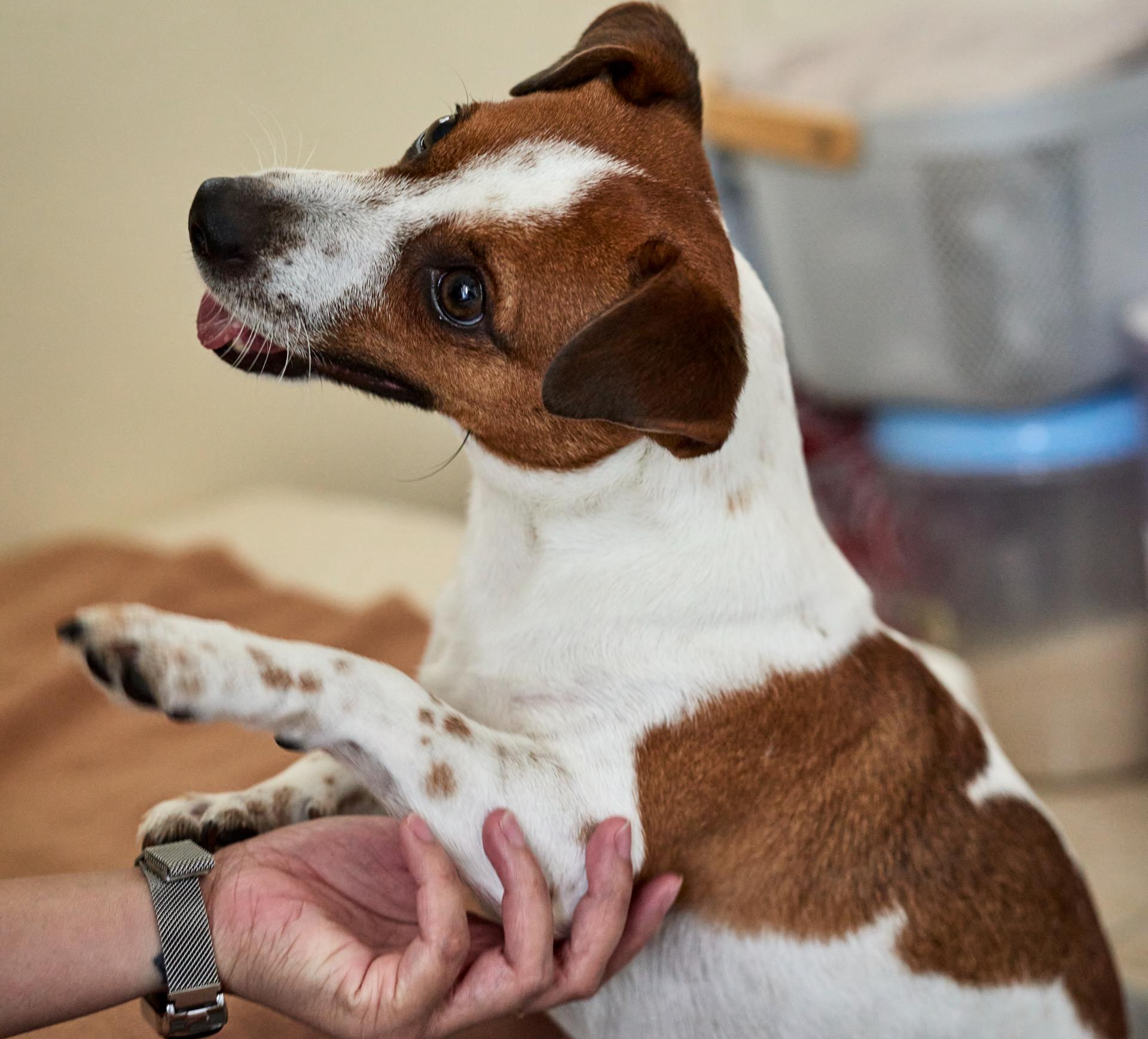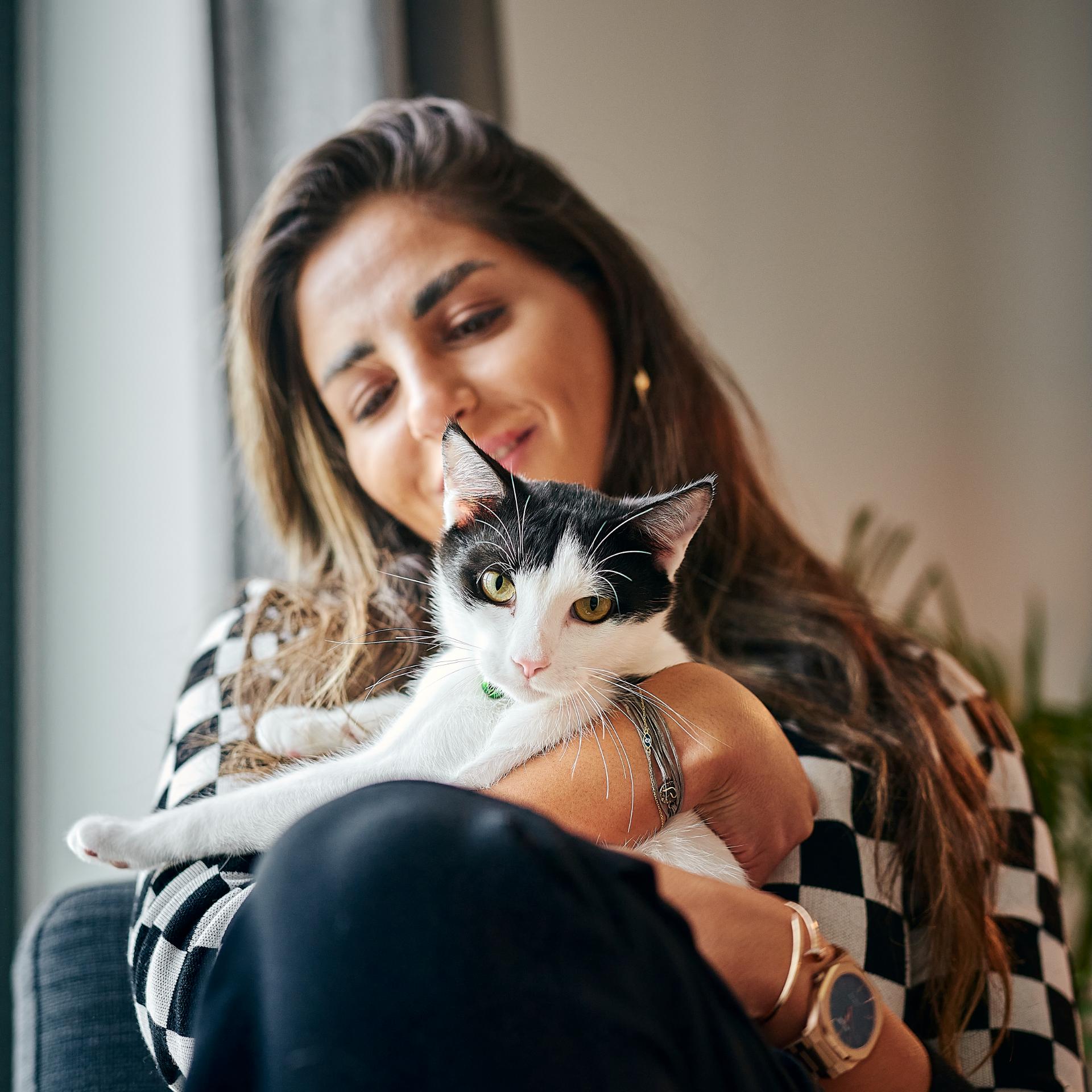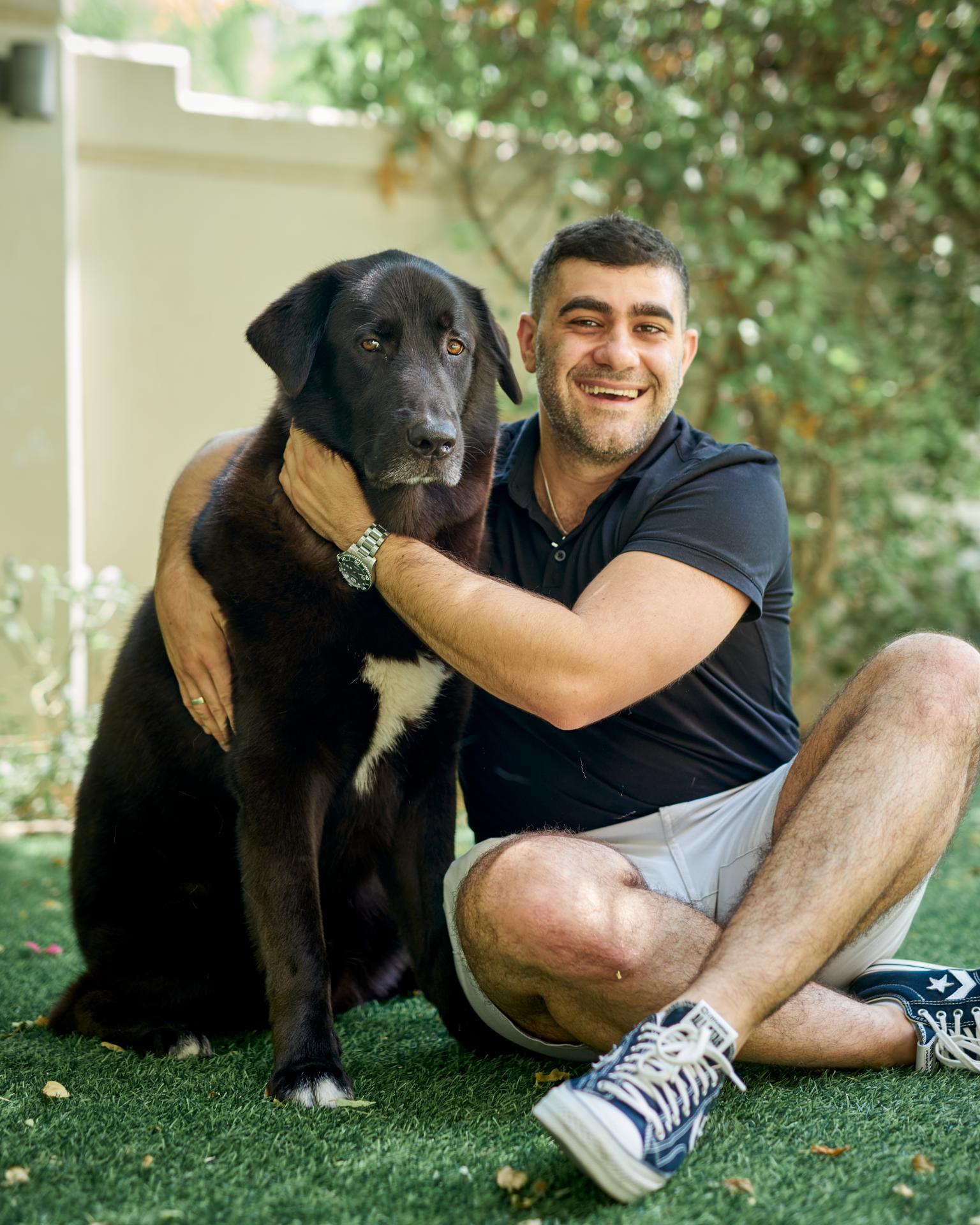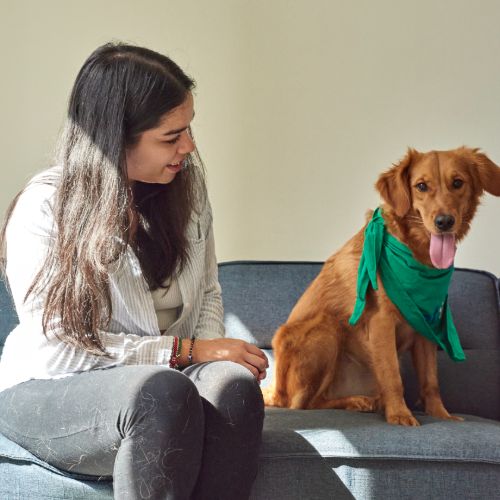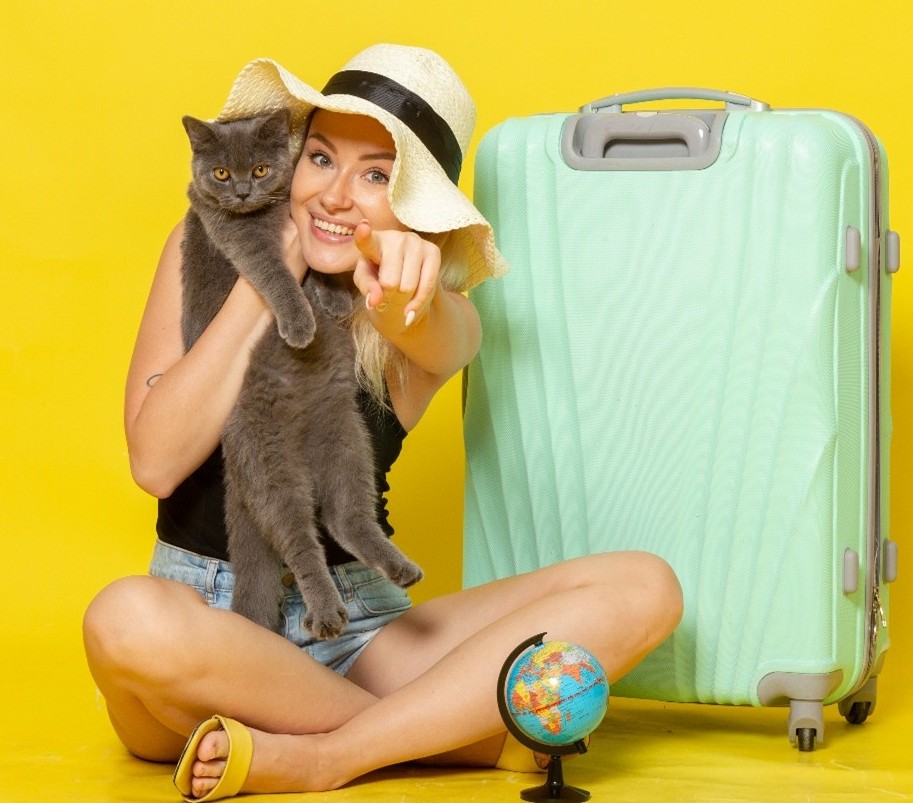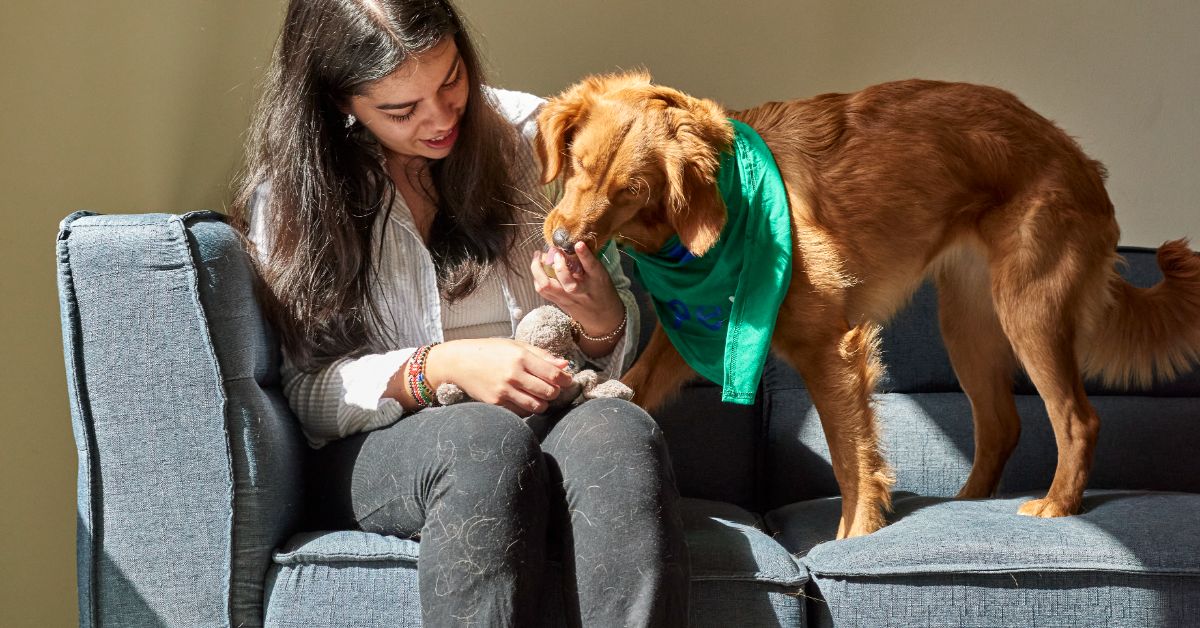
07 February 2025
|PetBae
Why Is My Dog Panting?
Panting is a normal behavior for dogs, helping them regulate body temperature, express emotions, or manage stress. However, for dog owners using dog boarding services, especially home-based boarding, understanding the reasons behind panting is crucial to ensure your pup stays comfortable and healthy while away from home.
Here’s a closer look at why dogs pant, when it might be a concern, and how to manage it.
Why Do Dogs Pant?
Dogs pant for several reasons, ranging from natural cooling mechanisms to underlying health concerns.
- Cooling Down
- Dogs pant primarily to regulate their body temperature. Since they can’t sweat like humans, they release heat through their mouth and tongue, especially after a walk or during hot weather.
- Excitement
- A panting dog might simply be happy or excited. This type of panting is usually accompanied by wagging tails, playful energy, or barking.
- Exercise
- After running or playing, dogs pant to cool down their bodies. Quick, shallow breaths evaporate moisture and help them return to a comfortable state.
- Stress or Anxiety
- Panting can also indicate stress. Situations like thunderstorms, car rides, or being in a new environment (e.g., during dog boarding) might trigger this response. Signs of stress-related panting include lip licking, yawning, shaking, or hiding.
Breeds Prone to Panting
Certain breeds are more likely to pant due to their anatomy, size, or energy levels:
- Brachycephalic Breeds: Bulldogs, Pugs, and French Bulldogs often pant more because of their short snouts, making breathing less efficient.
- Large Breeds: Saint Bernards and Mastiffs pant heavily due to their size.
- Active Breeds: Dogs like Retrievers, Border Collies, and Dalmatians pant after rigorous activity.
For these breeds, careful monitoring during dog boarding is especially important, particularly in warm climates like Dubai.
When to Worry About Panting
While panting is usually harmless, excessive or unusual panting may signal a problem:
- Heavy panting during rest or sleep
- Panting combined with lethargy, blue gums, or collapse
- Persistent panting even in cool environments
- Snorting or gagging, especially in brachycephalic breeds
If you notice any of these signs, consult a vet immediately.
Managing Panting During Dog Boarding
To ensure your dog’s comfort during boarding, especially in a home-based setting, consider the following tips:
- Prepare for Anxiety Triggers
- Send familiar items like their favorite blanket or toy to help them feel at home.
- Inform the sitter of any known stressors (e.g., separation anxiety or loud noises).
- Keep Them Cool
- Ensure your dog has access to fresh water and a cool environment.
- Avoid exercise during peak heat hours, especially for heat-sensitive breeds.
- Provide Calming Aids
- Use calming treats, pheromone sprays, or a ThunderShirt if your dog experiences stress.
- Work with your vet to find the best solutions for high-anxiety dogs.
- Monitor Their Behavior
- Ask the sitter to provide regular updates on your dog’s panting and overall mood.
- Discuss any unusual patterns with a veterinarian.
Final Thoughts
Understanding why your dog pants can help you ensure their well-being, especially during boarding stays. Whether it’s excitement, cooling down, or stress, knowing how to manage their needs will keep your pup happy and comfortable—even when they’re away from home. For excessive panting or signs of distress, always seek professional advice to rule out underlying health issues.



